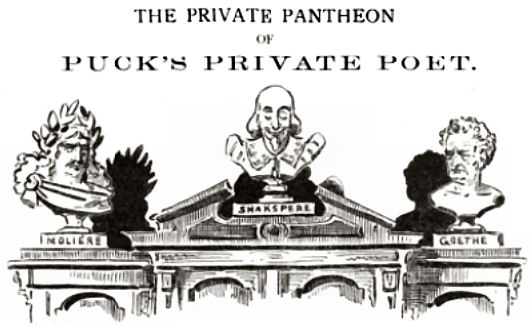P. T. Barnum? Britney Spears? George Herbert? Jane Russell? W. Clement Stone? Ralph Waldo Emerson? Norman Vincent Peale? Les Brown? John McEnroe?
Question for Quote Investigator: There exists a collection of sayings that uses celestial bodies to illustrate advice about setting goals. Here are three examples:
- If I shoot at the sun, I may hit a star.
- If we aim at the moon—we may hit a star!
- Shoot for the moon. If you miss it, you will still land among the stars.
The moon and sun are impressive objects in the sky while the stars are less luminous and therefore not as visually striking. Hence, I think that these adages mean the following: If you set a very difficult goal for yourself then even if you are only partially successful you will find that the result is still superb.
Modern astronomical knowledge makes the sayings more difficult to interpret. Stars (other than the sun) are much farther away from the Earth than the sun or the moon. Hence, hitting a star is actually much more difficult than hitting the sun or moon. Indeed, there is another set of aphorisms that switches the role of the moon and the stars:
- If you don’t aim for the stars, you’re not going to get to the moon.
- I’ll shoot for the stars, and I’ll settle for the moon.
These types of sayings have been credited to P. T. Barnum, Norman Vincent Peale, and others. Could you examine this class of quotations?
Reply from Quote Investigator: An important precursor to this collection of sayings was written by the poet and Anglican priest George Herbert who died in 1633. In the poem “The Church-Porch” a verse exhorted the reader to be humble but also to “aimeth at the sky”. Herbert contended that one would achieve more by targeting the sky instead of adopting the easier task of aiming at a tree:1
Pitch thy behaviour low, thy projects high;
So shalt thou humble and magnanimous be:
Sink not in spirit; who aimeth at the sky,
Shoots higher much, than he that means a tree.
A grain of glory mix’d with humbleness
Cures both a Fever, and Lethargickness.
The advice that one should aim at the moon to achieve something great has been proffered for many years. In 1846 an instance of this type of guidance suggested that one may not hit the moon but still “hit a high mark”. The following words were credited to George Herbert, and QI hypothesizes that this expression evolved from Herbert’s verse given above:2
…still George Herbert’s advice on a higher matter is applicable to this, that we had better shoot at the moon if we want to hit a high mark.
In 1859 an expression of this kind was already labeled an “old saying”. In the following excerpt the result of shooting at the moon was not as impressive as landing among the stars; nevertheless, it was portrayed as desirable:3
You remember the old saying, Beatrice, “Shoot at the moon and you will hit the top of the highest tree.” If you could not be a genius you may, nevertheless, have made greater progress by the effort to be one.
In 1865 a statement mentioned shooting at the stars instead of the moon. The conceptual pattern of the aphorism was the same. The result of pursuing an exalted goal was the achievement of a less impressive but useful goal:4
Probably the ingenious author goes on the principle that if you shoot at the stars you may hit a tree. If you cram your novel with Cabinet Ministers and Latin and Greek and Lafitte, you may get the public to listen to your substantial but prosaic grievance, that an inmate of Whitecross Street prison may not receive visitors on a Sunday.
In 1876 another astronomical object was presented as an unreachable but valuable aspirational target: the sun:5
Again, he would say, “shoot an arrow at the sun every morning.” “But we can’t hit it,” was the answer. “You will hit higher than if you aimed lower,” he would reply.
In 1879 the name of George Herbert was invoked again. This time the saying credited to him concerned the moon and a tree:6
This was an ideal scheme, but nothing great is ever accomplished by the man who has not a high ideal: and George Herbert’s words were never forgotten by the bishop, “that it is good to shoot at the moon even though you only hit a tree.”
Finally, in 1891 an expression matching a version given by the questioner was printed in a collection of quotations and short writings that had been “Compiled by Ladies of the First Unitarian Church of Oakland, California”. The words were ascribed to the famous American showman Phineas T. Barnum:7
If I shoot at the sun, I may hit a star.
—P. T. Barnum
Here are additional selected citations in chronological order.
Continue reading “Quote Origin: If I Shoot at the Sun, I May Hit a Star”
